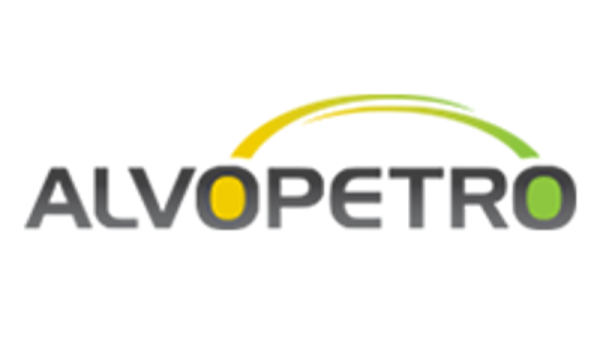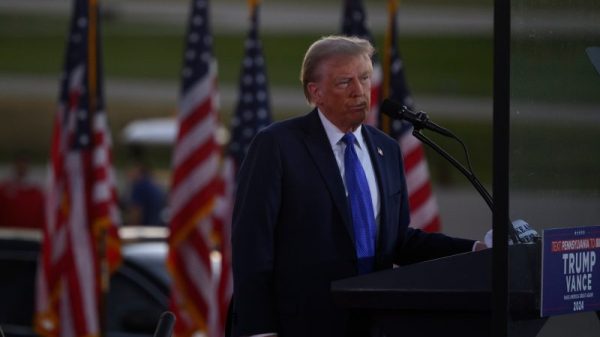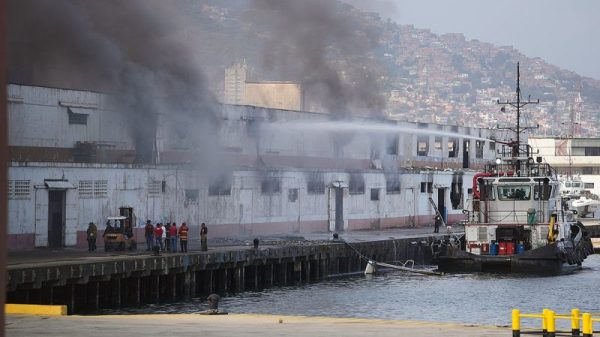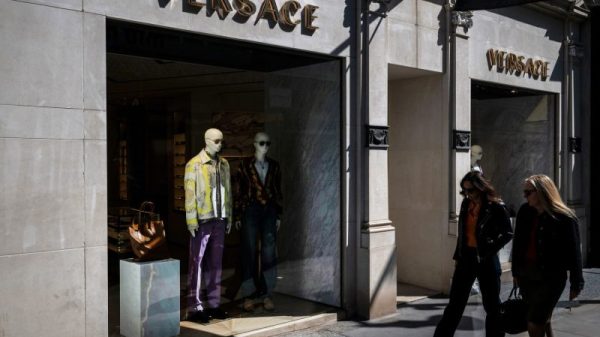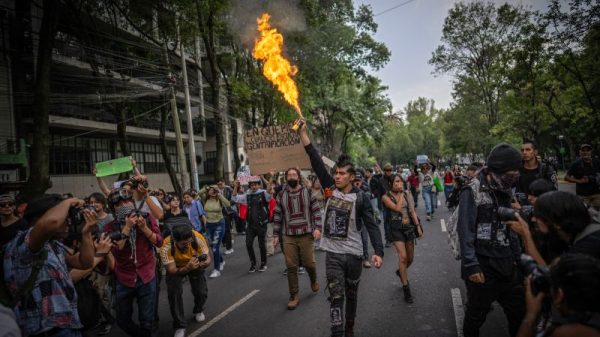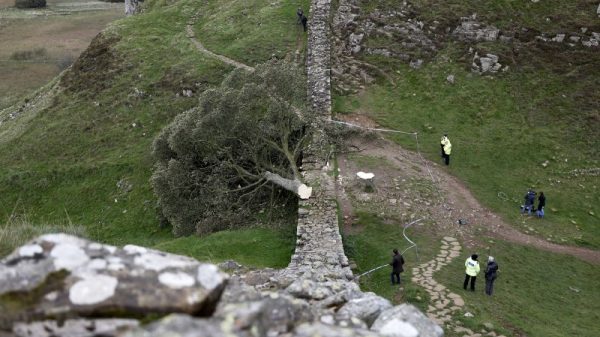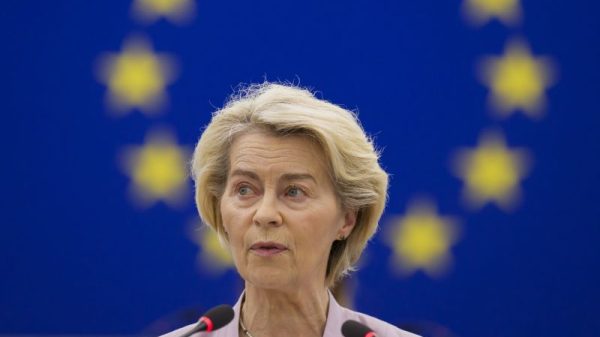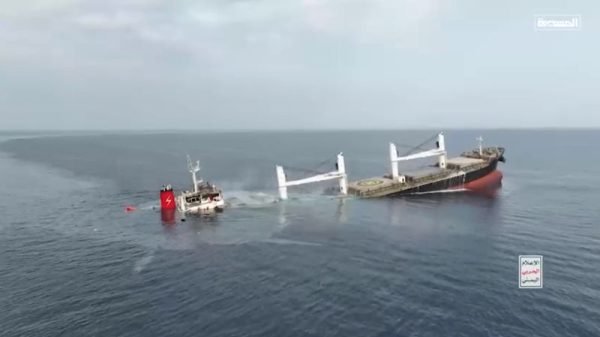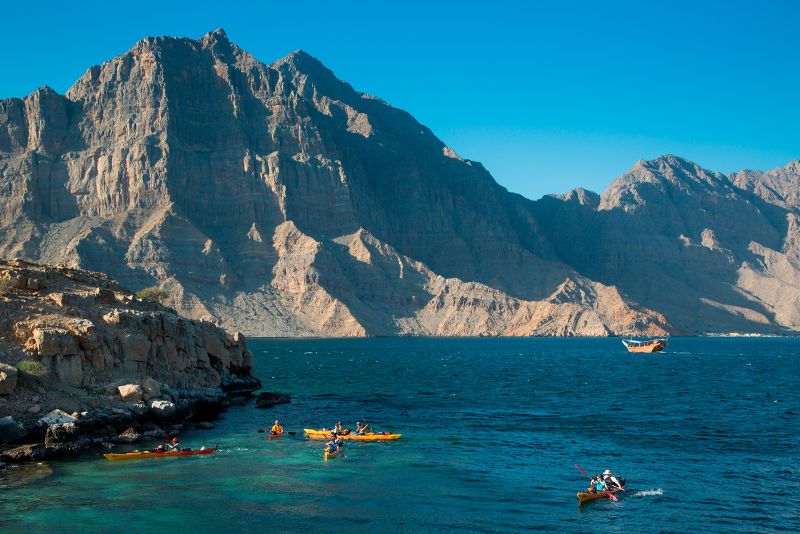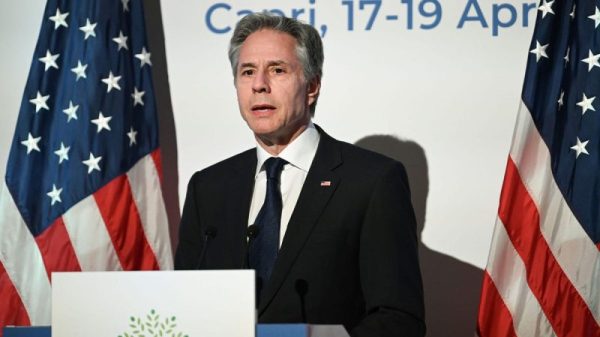As our tiny dhow glides serenely along the sinuous desert coastline, it’s hard to believe the glass and steel jungle of Dubai is just a couple of hours’ drive away.
You won’t find a trace of skyscrapers, malls or even roads here. The only heights within sight, some even taller than the record-breaking Burj Khalifa, are the almost vertical walls of barren rock that enclose the pristine, warm waters of the Khor ash Sham inlet.
The Musandam Peninsula, at the northeastern tip of the Arabian Peninsula, has sometimes been compared to Norway, and not just because it happens to be next to oil-rich waters.
Here, the desert flatlands of Ras-Al-Khaimah, the northernmost of the seven United Arab Emirates, give way to a dramatic mountainous landscape interspersed by a labyrinthine succession of coves, bays and inlets.
This is a land of desert fjords that can be every bit as magnificent as its Nordic counterpart.
Rugged isolation
The Musandam Governate is only accessible by land through the UAE, but the peninsula is an exclave of the Sultanate of Oman, whose mainland lies some 100 kilometres to the south, separated from it by a large chunk of Emirati territory.
It’s not the border, though, which is responsible for the traditional isolation of this tiny speck of land, slightly larger than Rhode Island, but its extremely rugged terrain.
There’s only one paved road linking the governorate’s capital, Khasab, to the rest of the world via Ras-Al-Khaimah. And while some cross-country tracks traverse the rocky, desert interior of the peninsula, you would need a 4×4 vehicle and preferably some knowledge of the local landscape in order to navigate them.
Even to this day, many settlements on Musandam are only accessible by sea. This has shaped a local identity that, unlike in the neighbouring emirates, has remained relatively untouched by mass tourism.
The locals have even preserved their own unique language, Kumzari, a tongue with Persian roots and strong Arabic influences mixed with elements of Portuguese and Hindi.
This linguistic blend is a clue to the fact that Musandam’s apparent remoteness is less of an issue when it comes to the open seas.
Two strangers, a canceled flight and an unexpected road trip
Strategic trade route
The fate of this region has often been enmeshed with that of the geopolitical power-brokers of every era, due to its strategic location guarding the southern side of the Strait of Hormuz and the entrance to the Persian Gulf.
The Portuguese were here at the height of their power and built a fort, still standing today, at the Peninsula’s main town, Khasab, in order to control sea traffic and trade in this area.
In the 19th century it was the turn of Britain to set foot in the peninsula. The Khor ash Sham inlet was formerly known as Elphinstone Inlet, having been named after the British Governor of Bombay under whose orders the region was first surveyed in the 1820s.
Some vestiges of that period, in the form of a few derelict stone structures, are still visible on Telegraph Island, a tiny islet that tourist-laden dhows sail past on their way to the head of the inlet. During the Victorian era this was a major node in the Imperial communications network, since it housed a key station in the telegraph line linking London to British India. It’s one of several places reputed to have been the origin of the phrase “going round the bend,” due to lonely soldiers losing their grip on their senses in the desert heat.
In the mid-19th century, the British Royal Navy even considered setting up a naval base in Khasab. That was not to be, but Britain remained closely involved in the affairs of this oil-rich part of the world and as recently as 1971, it deployed SAS and SBS special forces to help the Sultan Qaboos of Oman secure his sovereignty over Musandam.
In modern times, up to 20 million barrels of oil pass through the Strait of Hormuz each day, making this narrow stretch of water perhaps the world’s single most important maritime oil route.
Day trips
For visitors, the sea remains the main allure of the Musandam Peninsula and with tourism booming in Dubai and along the UAE coast, guests have started to trickle in.
Several local companies arrange day-long cruises through the fjords. The typical itinerary includes a sailing excursion along the coast of its largest inlet, Khor ash Sham.
The dhows make several stops along the way so that passengers can take a plunge in the crystalline waters. You don’t need much equipment, just a pair of goggles and fins, provided by the crew, in order to be able to swim along the coral reefs and admire the underwater fauna.
Khasab is the home port for all the sailing excursions and while its commercial and touristic infrastructure is pretty low-key compared to the glittering resort extravaganza of the UAE coast, it boasts a couple of hotels equipped to modern international standards.
What’s more, Omanis take pride in their hospitality. When our group accidentally left behind a child’s toy at our hotel, the manager volunteered to drive hundreds of miles across an international border just to return it in person.
This enclave’s ‘Russian doll’ borders are some of the most complex in the world
How to get there
The local airport at Khasab has direct daily flights to Muscat, the Omani capital, although most tourists come by road from Ras-al-Khaimah and beyond.
Before setting off for Musandam and its fjords, though, it is advisable to take some considerations into account. This is an exclave after all.
Citizens of most countries can get an Omani entry visa at the border (citizens of GCC countries can simply pass through), but you’ll still need to clear both Emirati and Omani customs, and handle the corresponding paperwork at each of the border posts.
If driving a car with UAE registration, you’ll also need to be insured to drive in Oman and to show proof of it. Many car rental places in the UAE offer this insurance for an extra fee, but otherwise you can get it at the border post from an Omani insurance company that has a little office set up there.
Other than that, and notwithstanding the occasional arrival of a large group in a bus, the border procedure is pretty fast. The road is open to explore what is, without a doubt, one of the most stunning natural jewels of the Middle East.


